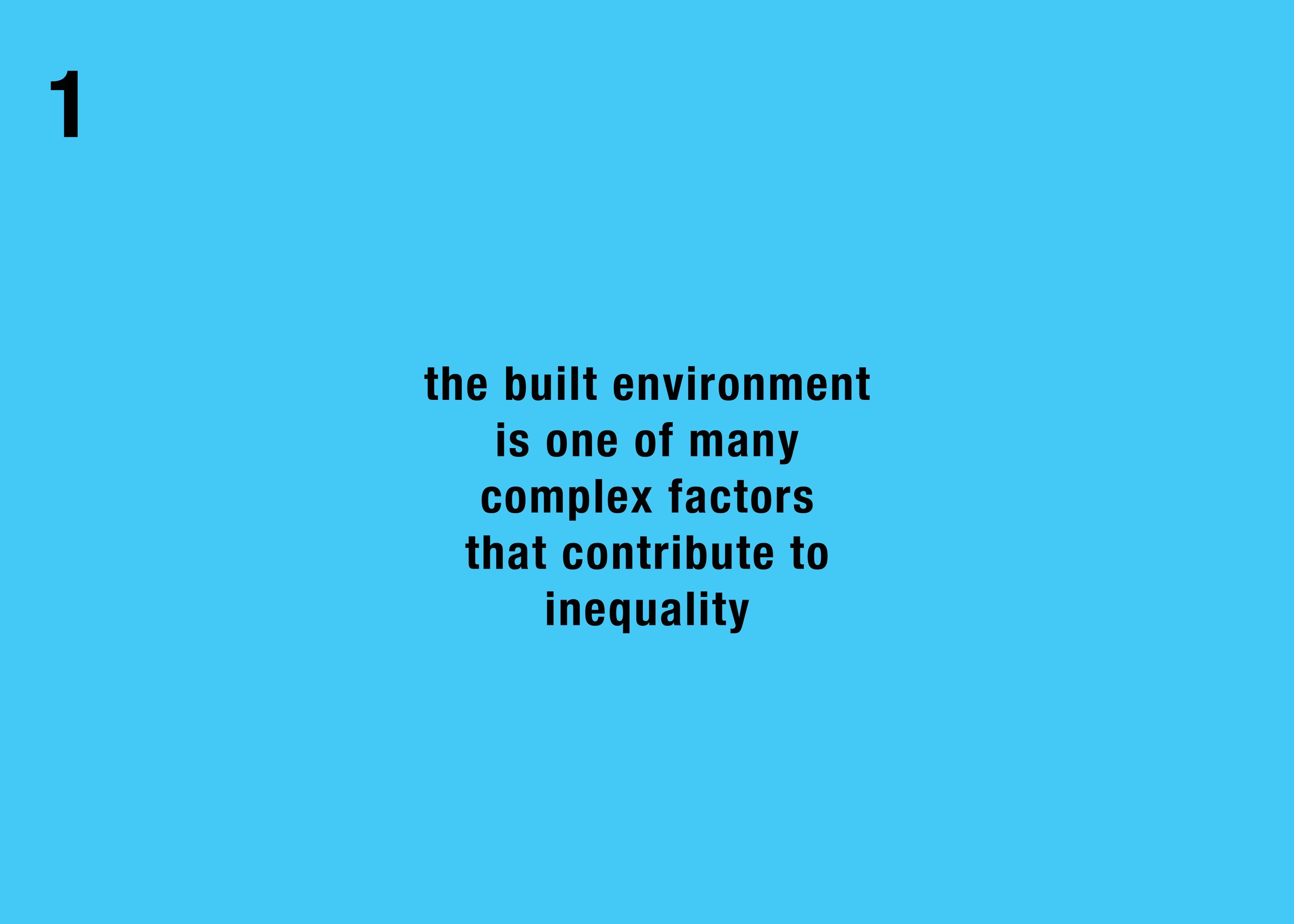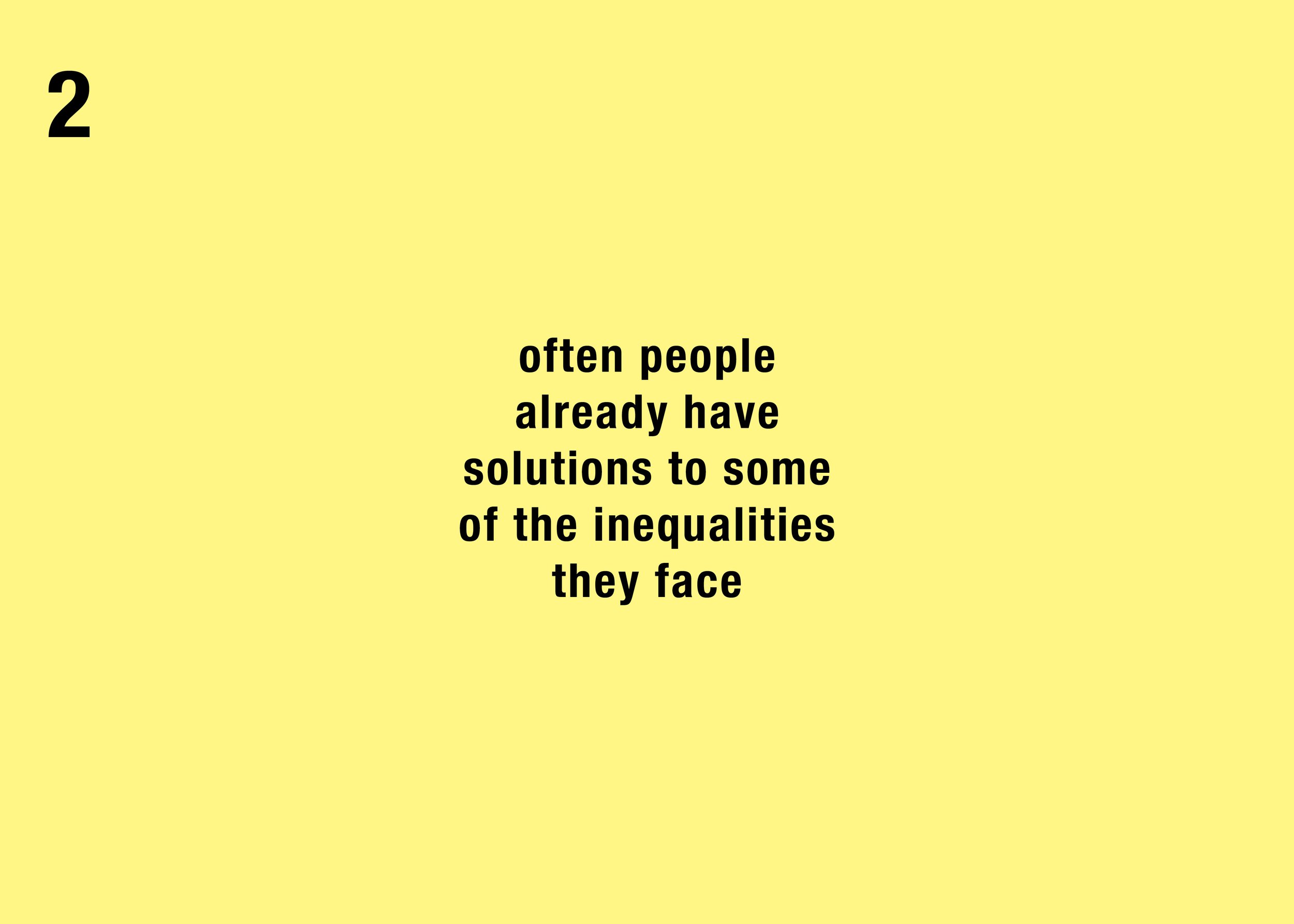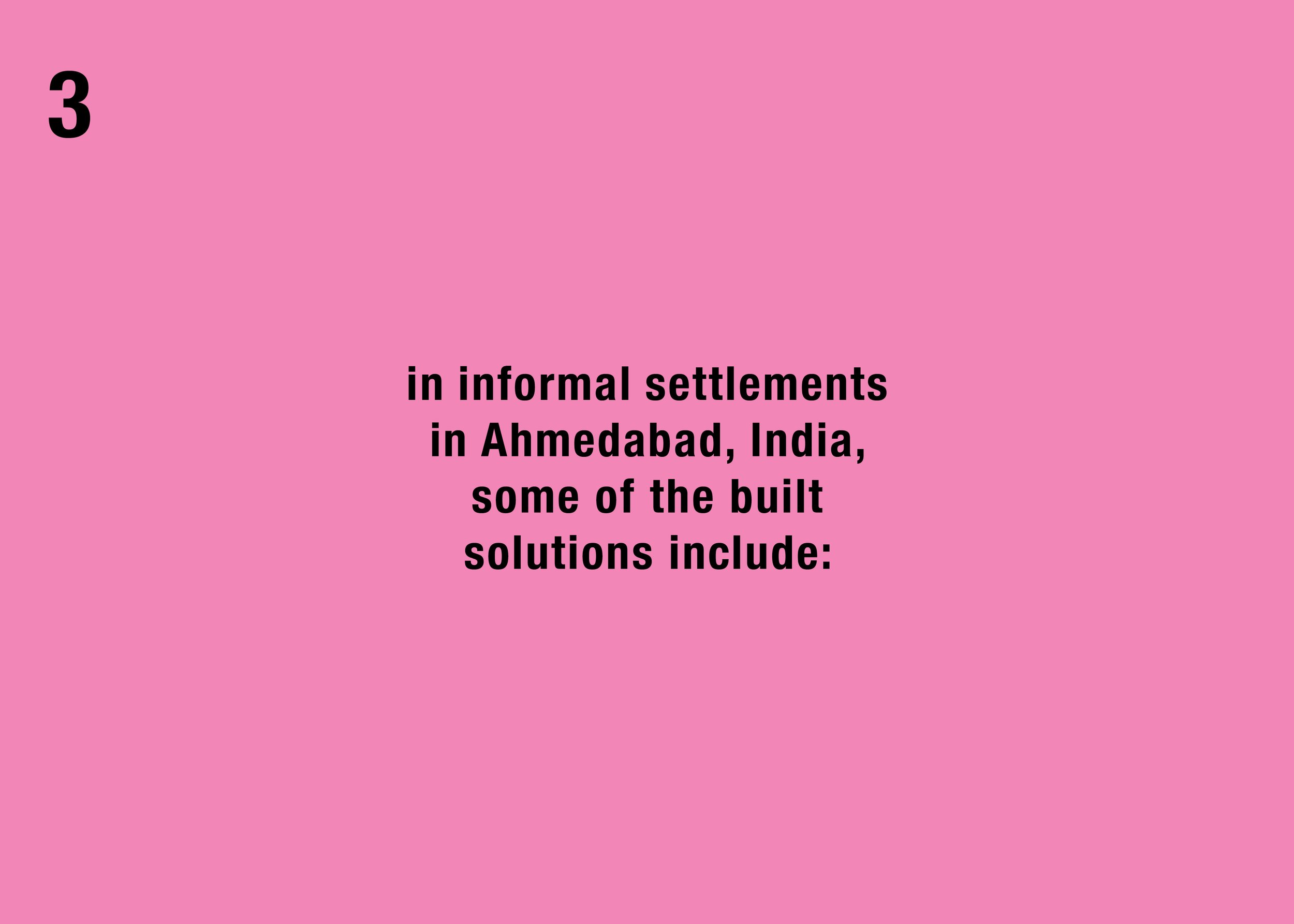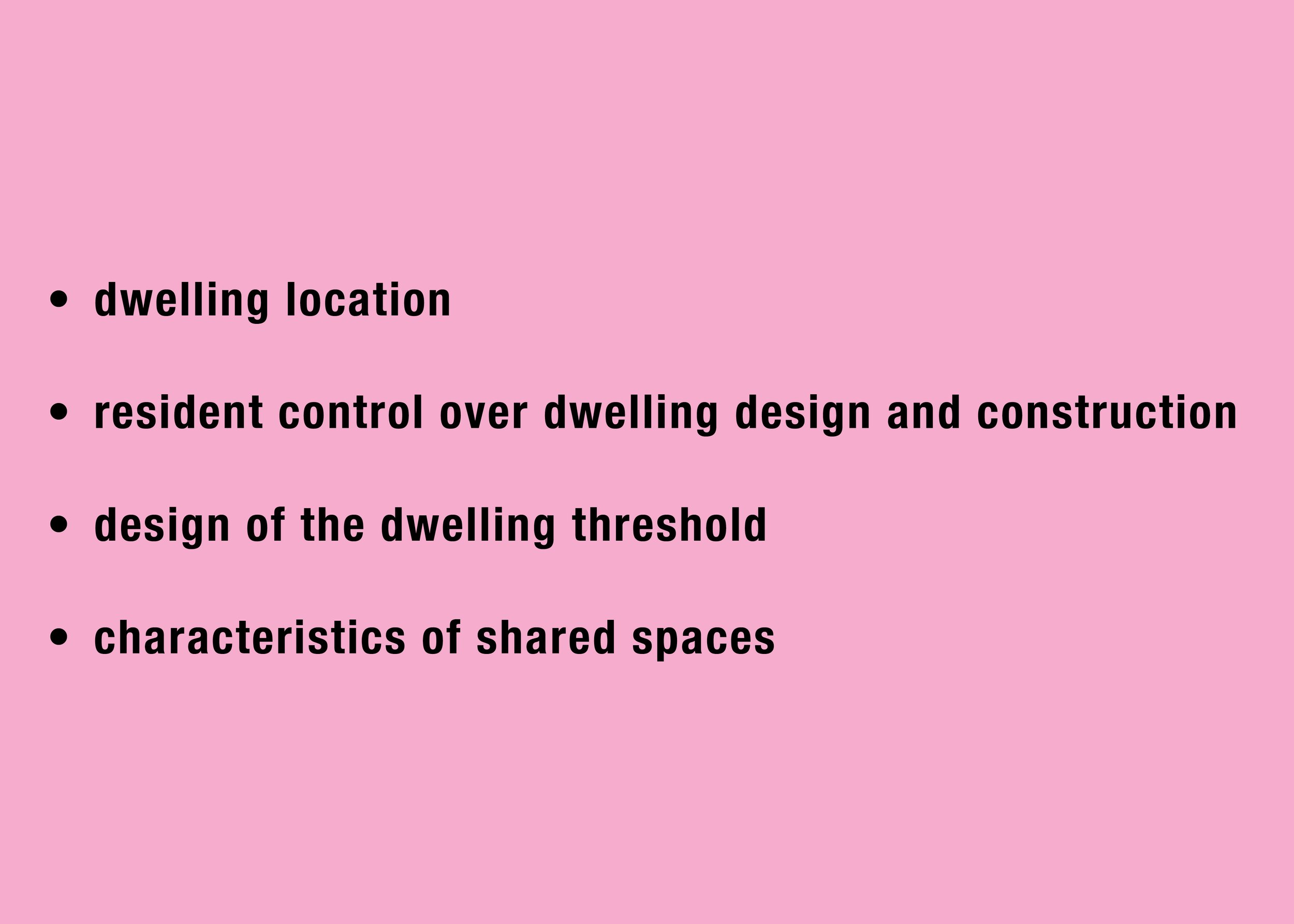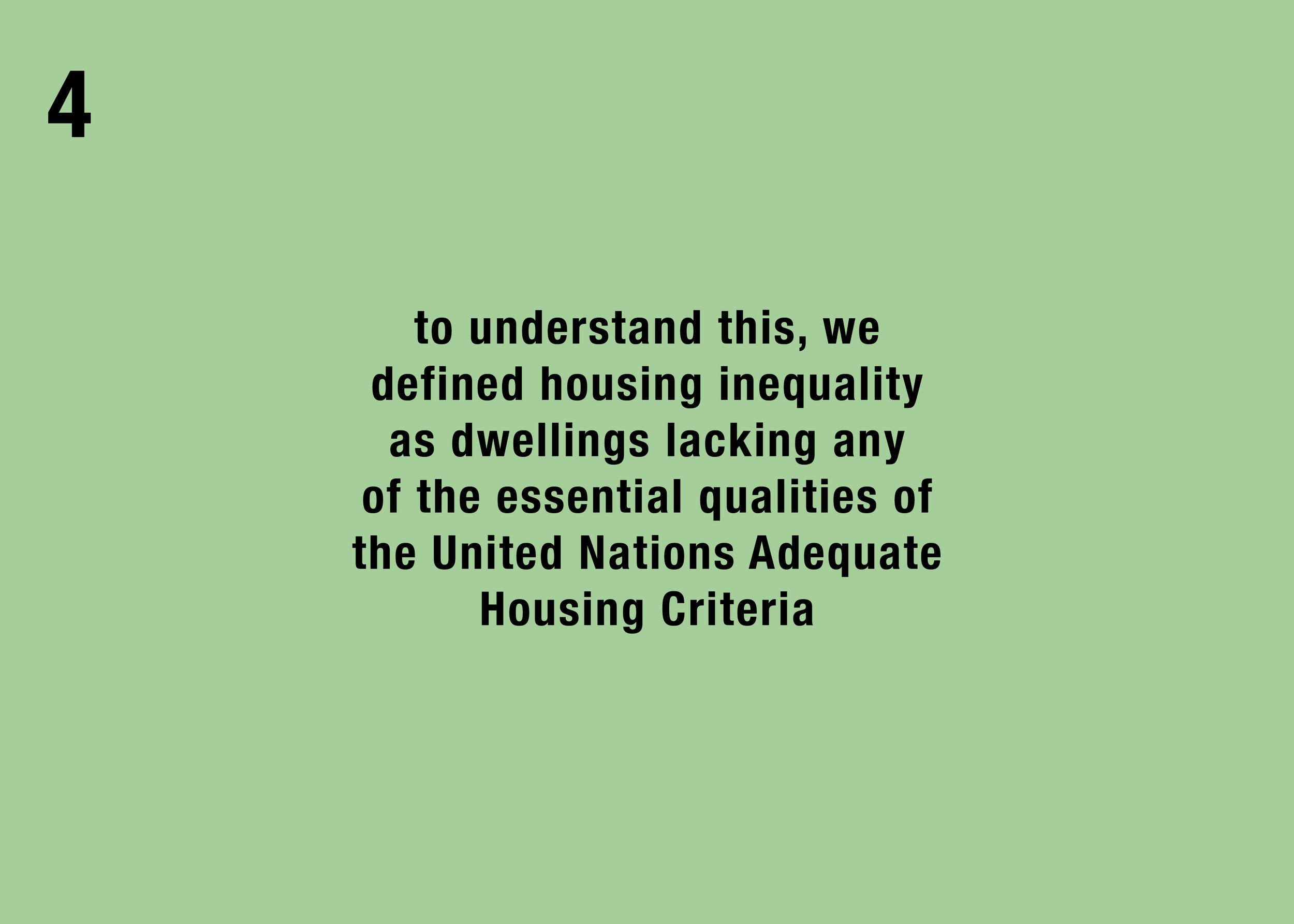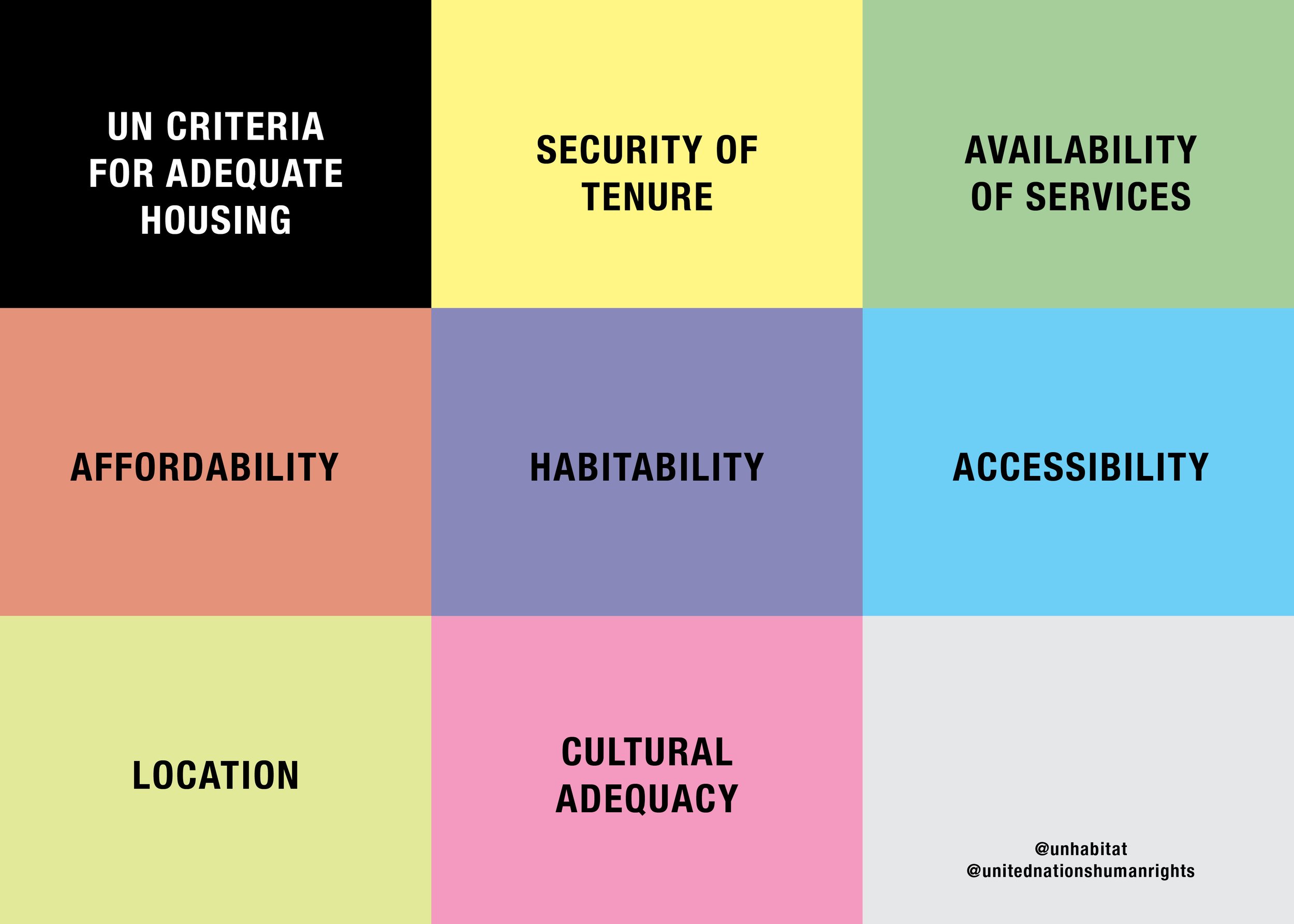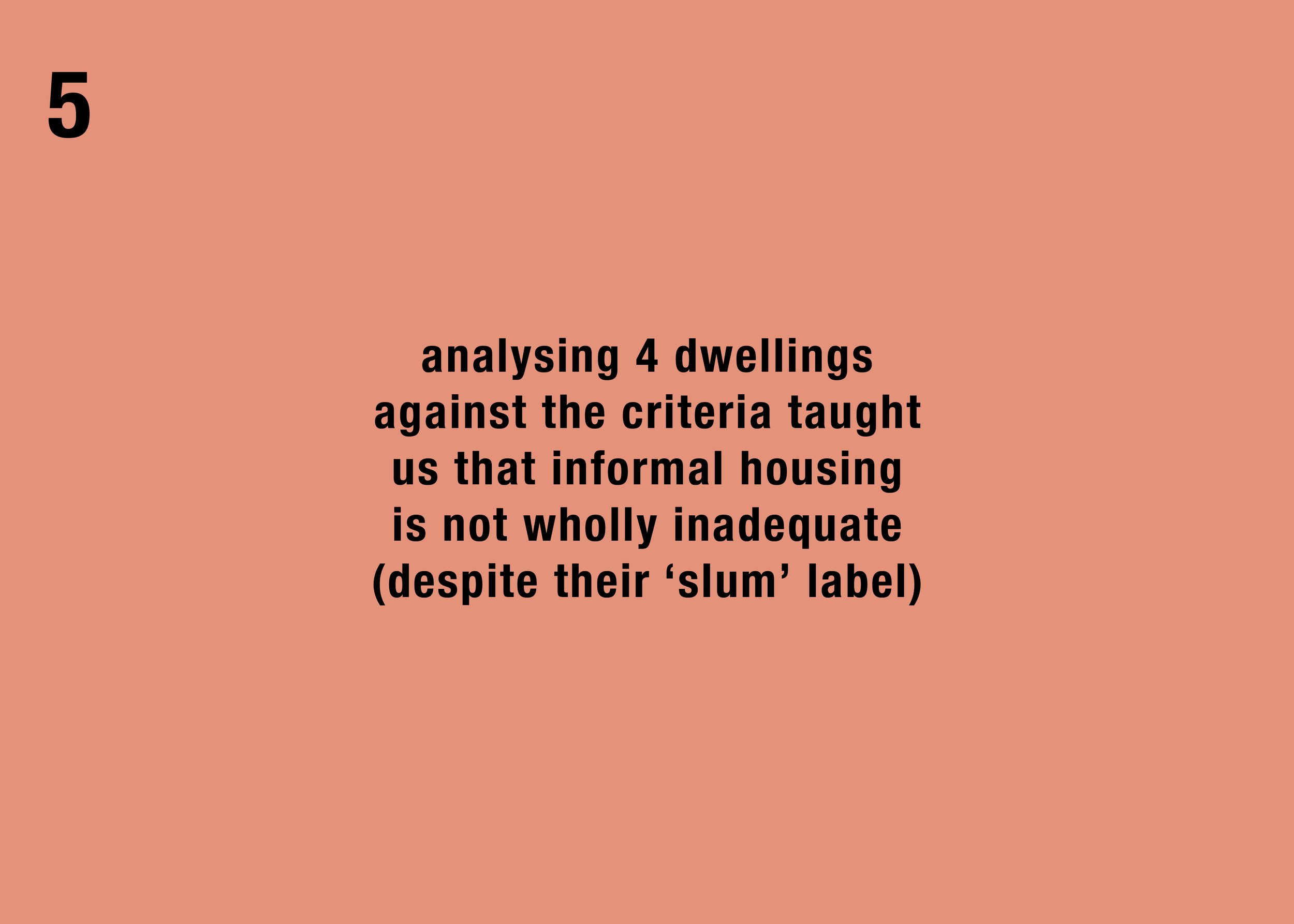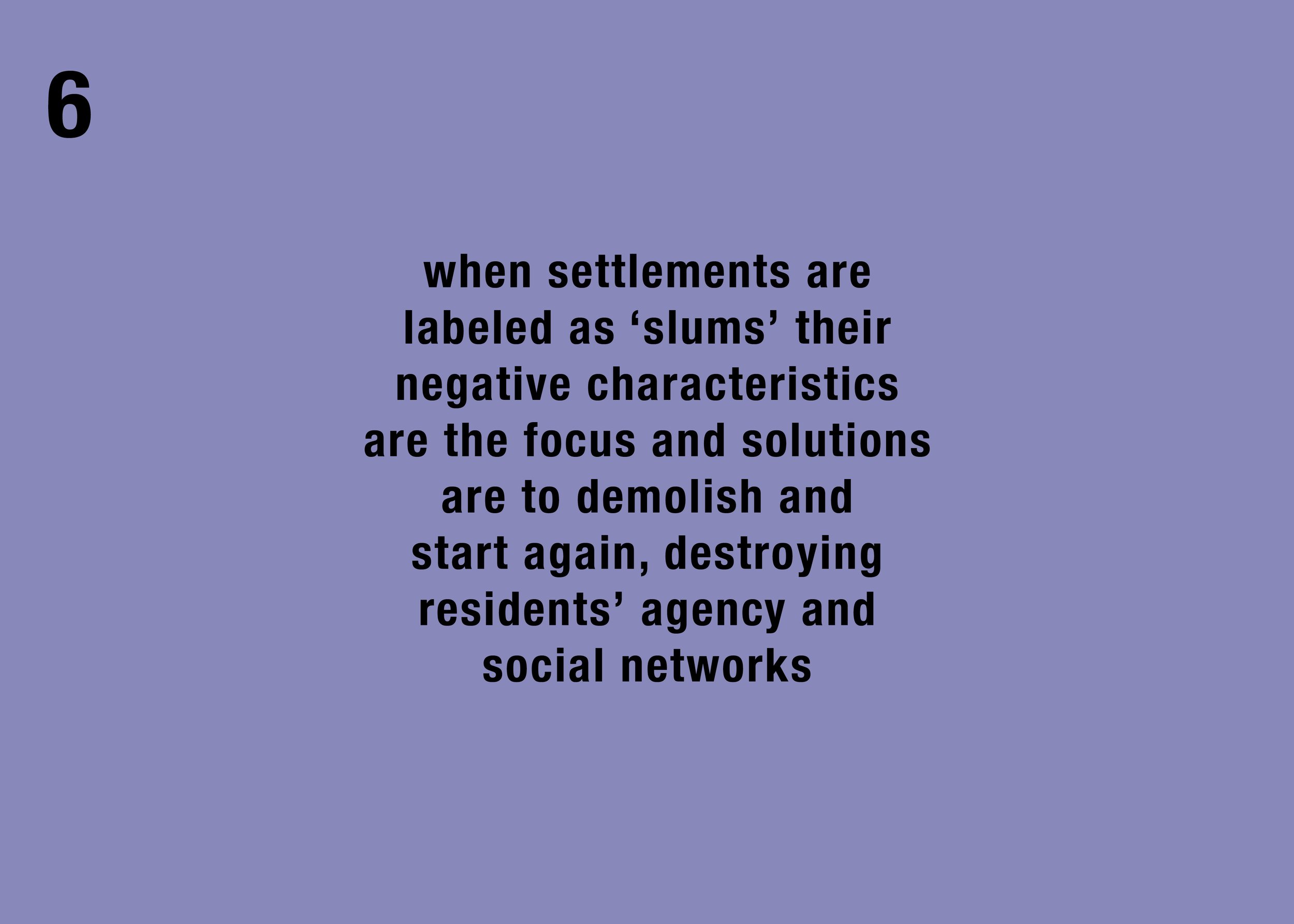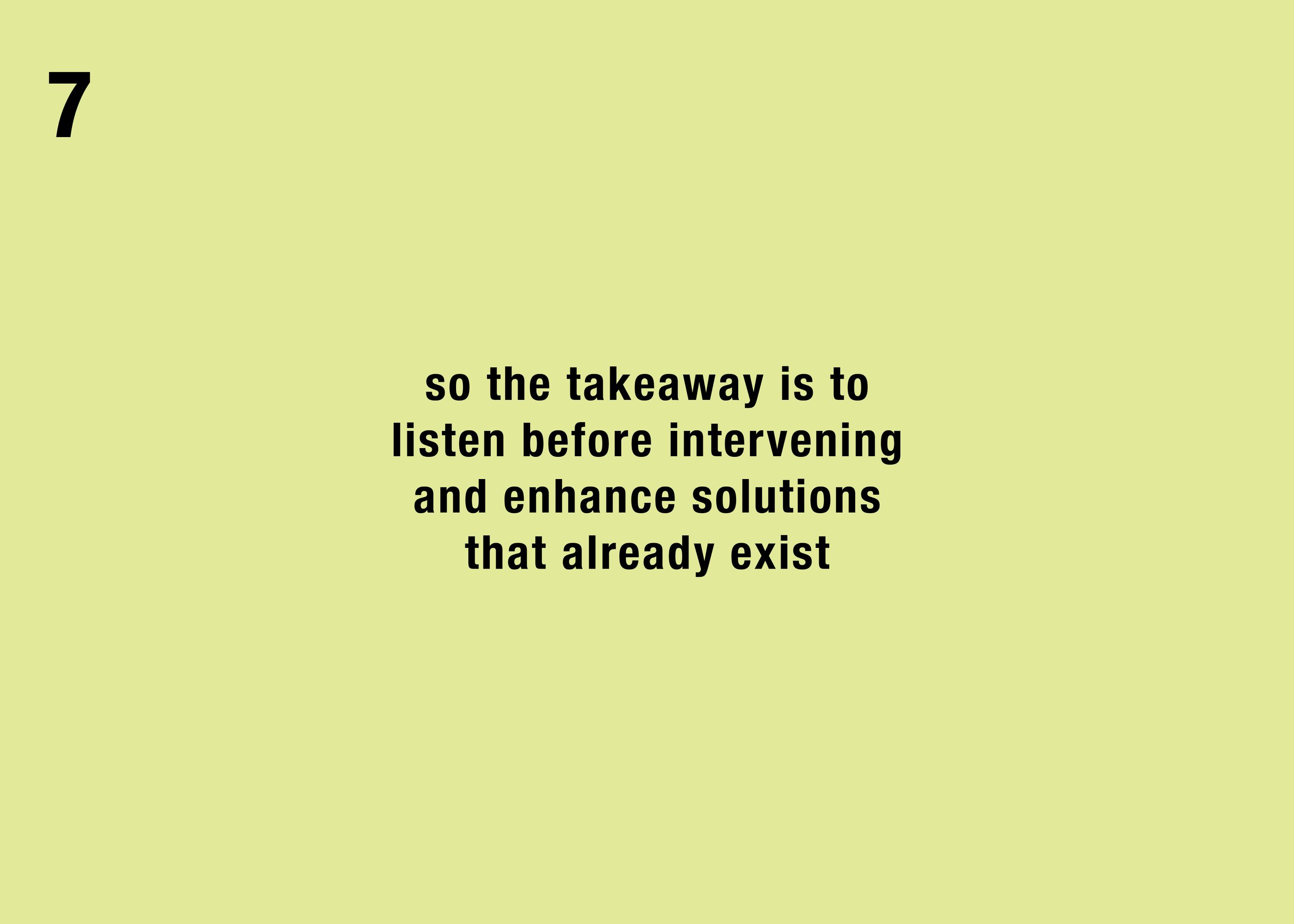Kelly Greenop and I wrote an article called ‘Housing adequacy in an informal built environment: case studies from Ahmedabad’ recently published in the Journal of Housing and the Built Environment.
In our research we are trying to articulate the ways in which the built environment can contribute towards housing equality. We looked at what already works for people in an informal settlement context and found four important physical factors: dwelling location (proximity to employment, health-care, schools, family, etc. as well as away from pollution or danger), resident control over design and construction (living within means and having agency over how you live), thresholds (the space between house and shared outdoors), and shared open space characteristics. In the right combination these factors can help residents achieve housing adequacy, so we don't always need to start with a a tabula rasa to get there. Instead, let’s engage with and learn from people rather than thinking we know it all and treating people experiencing inequality as the problem!
Kali Marnane and Kelly Greenop (2003) ‘Housing adequacy in an informal built environment: case studies from Ahmedabad’. Journal of Housing and the Built Environment. https://doi.org/10.1007/s10901-023-10029-x
